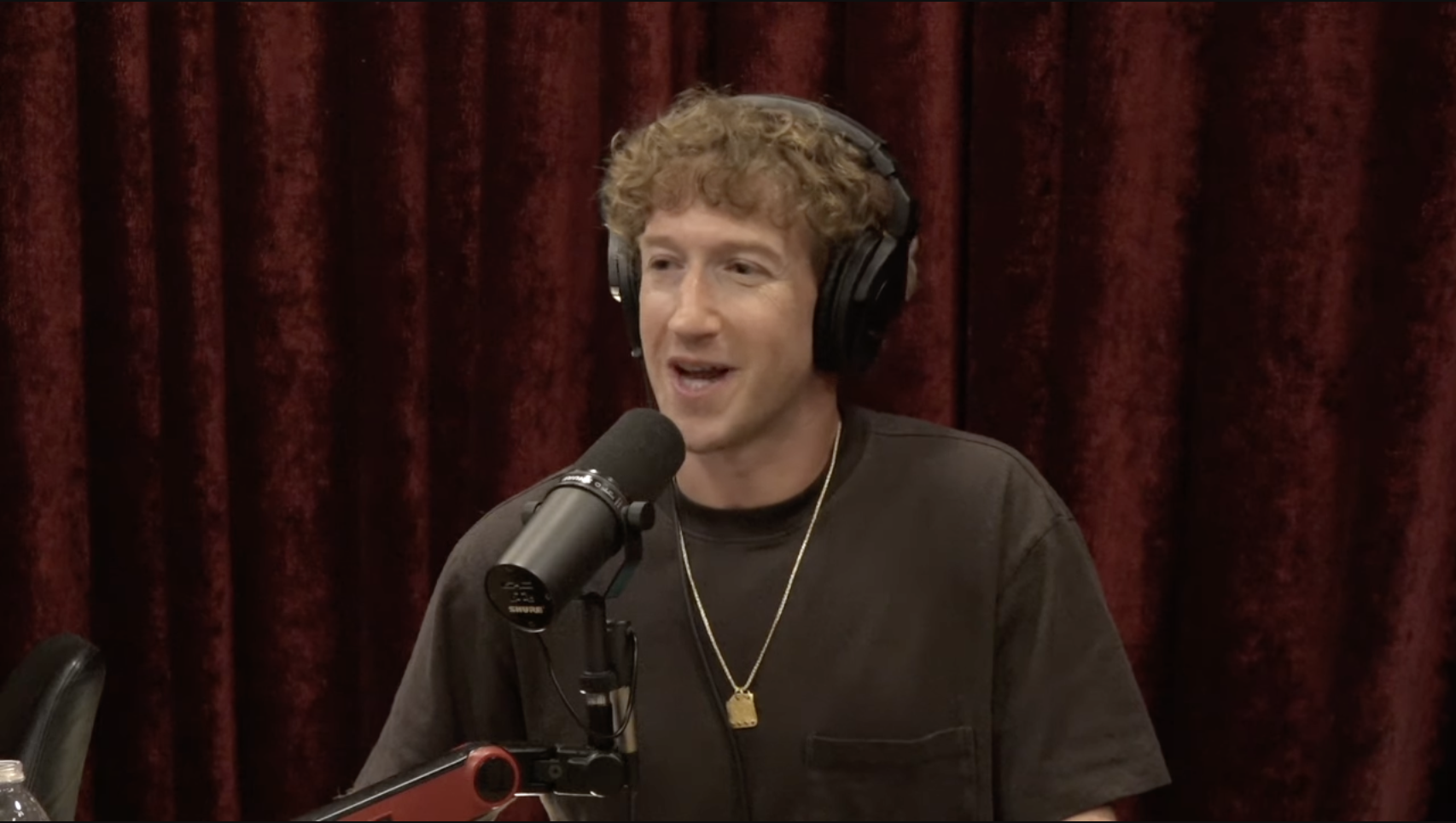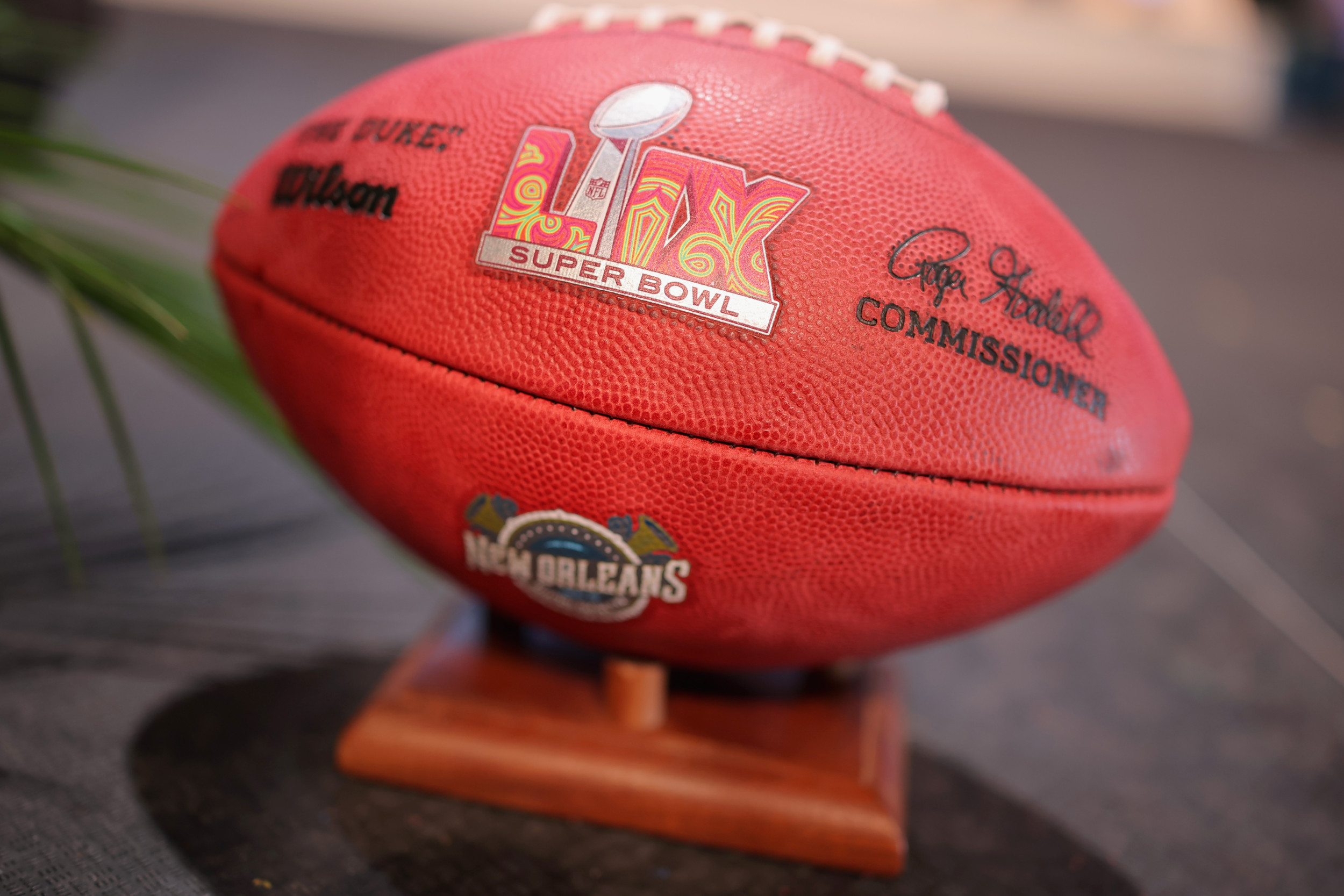The ocean is filled to the brim with horrifying creatures straight out of a sci-fi movie, but occasionally scientists come across something oh-so-cute.
NOAA Fisheries, an office within the National Oceanic and Atmospheric Administration, has shared a new video of a tiny baby crab covered in spikes and sitting in the palm of a scientist's hand.
"This is the cutest, spikiest, tiniest crab in the world! (Don't quote us on that—it's called hyperbole)," NOAA Fisheries said in the caption of the video, which it posted to X (formerly Twitter) on Wednesday.
This is the cutest, spikiest, tiniest crab in the world! (Don't quote us on that—it's called hyperbole.)
It was found during an operation in the Gulf of Mexico, which collected samples of mesophotic and deep-sea coral species for lab rearing and propagation.
Credit: @sanctuaries pic.twitter.com/ObYx2YveHW
The miniature crustacean has won hearts online, with the video going viral on social media. The clip has amassed some 9.1 million views on X and been reposted over 10,000 times, with the bemused-looking crab on its way to becoming a meme.
"Are yall seeing this ridiculous creature," X user @EvilLargeBug said in a repost of the video. User @SO0u0o wrote: "Does he have any f****** idea how stupid and ridiculous he looks from our point of view," a post that has gained over 250,000 likes.
The minuscule creature is a baby from the species Neolithodes agassizii, a type of king crab.
"It was found during an operation in the Gulf of Mexico, which collected samples of mesophotic and deep-sea coral species for lab rearing and propagation," NOAA Fisheries explained on X.
"A tiny, spiky, bundle of cuteness!" NOAA Fisheries wrote on Facebook.

The little crab is thought to have been carried to the surface on a plastic bag pulled up from the seafloor during the August 2024 expedition. This species is found in various regions, primarily in the waters off Central and South America, including the Pacific and Atlantic oceans, and lives at depths of 660 to 6,230 feet below the waves.
As seen in the video of the spiky baby crab, the species has a robust, spiny shell or carapace typical of king crabs, which helps it avoid predation from hungry deep-sea creatures.
The largest specimen of this species had a shell measuring 4.6 inches across and 4.8 inches long, not including the crab's legs. Therefore, the baby crab in the video is nowhere near full size.
King crabs in general begin life by hatching from an egg as a larval stage known as zoea, which drift with ocean currents and feed on plankton and other microscopic organisms. This stage lasts a few weeks to months, during which the zoea molts several times, shedding its outer layer.
After the zoea stage, the larvae transition into the glaucothoe stage and look more like miniature crabs but retain some larval features.
After molting out of the glaucothoe stage, the juvenile crab adopts a more crablike form and lives on the ocean floor full time, often seeking protection in complex habitats, such as rocky crevices, to avoid predation.
The crabs undergo a series of molts as they grow, shedding their exoskeleton to form a larger one. King crabs reach sexual maturity several years after hatching, depending on the species.
Do you have a tip on a science story that Newsweek should be covering? Do you have a question about crabs? Let us know via science@newsweek.com.




















 English (US) ·
English (US) ·